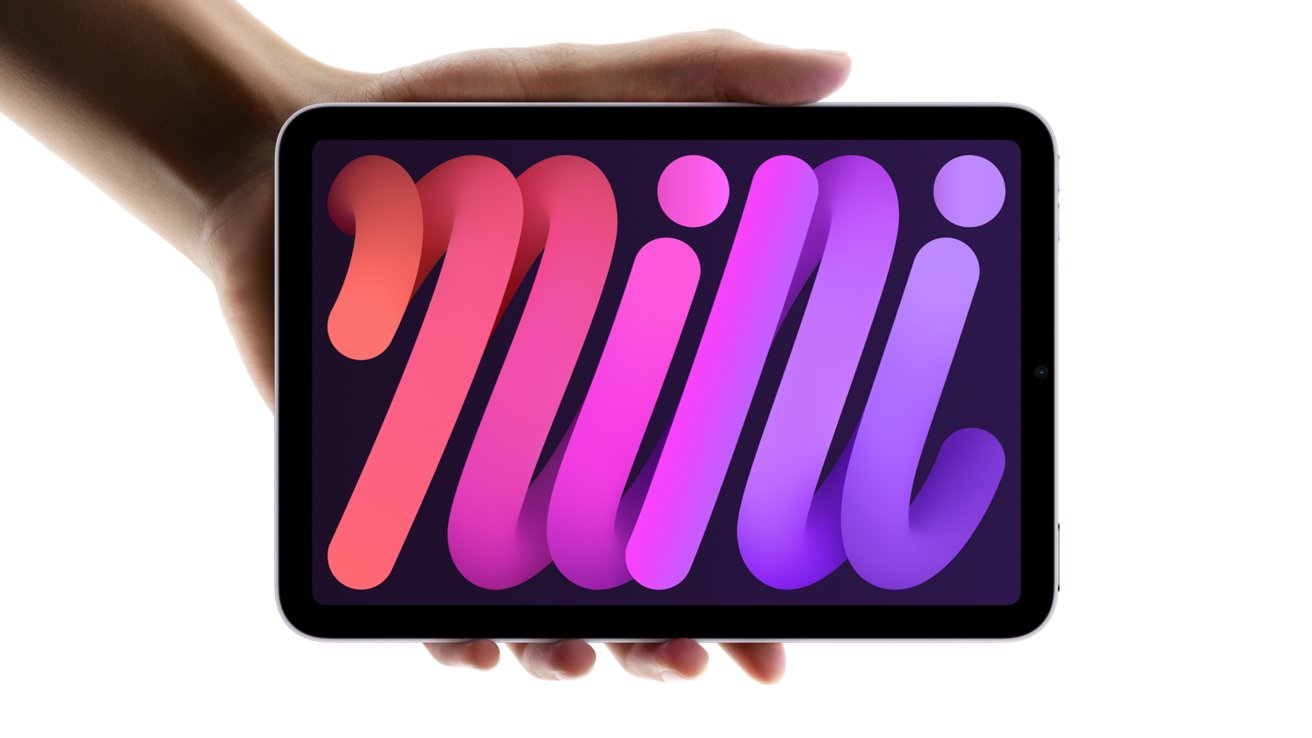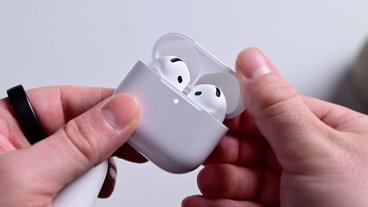A new teardown of the seventh-generation iPad mini has revealed very little in the way of changes, and no apparent physical change to reduce jelly scrolling despite evidence that the effect is minimized.
The 2024 iPad mini doesn't get rid of the problem entirely, but reduces the effect — despite no obvious change to the display driver board. The teardown by iFixit.com did, however, uncover some of Apple's changes to the new model — including an interesting change to the Apple logo seen on the back of the device.
In addition to upgrading the chip to the A17 Pro and the minimum RAM to 8GB so that the new iPad mini supports Apple Intelligence, Apple has upgraded the base storage to 128GB. Because of the new chip, the 2024 iPad mini now supports both the Apple Pencil, and the new Apple Pencil Pro.
In addition, the Wi-Fi module was upgraded to support Wi-Fi 6E, and the USB-C port can now transfer data at speeds up to 10Gbps. Apart from these changes, however, iFixit reports that the only other notable change to the new iPad mini is the reduction of the jelly scroll effect.
What is jelly scrolling?
Simply put, it's a slight "tearing" effect that is most clearly seen when scrolling through text. It's caused by a slight mismatch in the refresh rates between the left and right halves of the screen.
Federico Viticci of MacStories believes the issue has been "solved" because of a new optimized display controller that reduces the lag between the left and right screen refreshes. iFixit used a high-speed camera to show that while the effect has been dramatically reduced, it is not entirely eliminated.
The issue might have been further reduced if Apple had changed the display to a 120Hz model, but Apple is still using a 60Hz IPS display in the new model. The teardown revealed that in terms of parts, almost nothing else has changed from the 2021 model.
One or two small surprises
One new discovery in the teardown was that the new USB-C port is more easily replaceable than it was in the earlier version. This is good news from a repairability standpoint, as the USB-C port sees a lot of wear and tear over several years.
A CT scan of the iPad mini ahead of its disassembly also revealed a change to the silver Apple logo on the back of the machine, and the teardown found that the logo is no longer etched into the metal as it was in previous models.
This means that the Apple logo is now a separate piece glued in place to the back plate. This makes it easily removable — after the main portion of the device's components have been removed.
iFixit has issued a provisional score for the 2024 iPad mini of 3 out of 10. This matches the score the company gave to the previous model.
 Charles Martin
Charles Martin







-m.jpg)







 Marko Zivkovic
Marko Zivkovic
 Andrew Orr
Andrew Orr
 Amber Neely
Amber Neely

 William Gallagher and Mike Wuerthele
William Gallagher and Mike Wuerthele









3 Comments
I think they should have priced this at the same price point as the base iPad
Smaller ALWAYS costs more. That's why your iPhone is the starting same price as a MacBook Pro.
I think his iPad mini is for the “Future”.
If we call the device is capable to run “ Apple Intelligence” as “Next Generation”,
Apple has to make all the product line with one “Basic” model is able to run Apple Intelligence, specially to lower the barrier for the user of all previous generation devices to upgade, users in that segment don’t need and won’t buy the latest model and they will use the device for very long time.
If the user of a OS system fragmenting, specially AI may involve more and deeper in any function, it will becomes the burden for the developer and Apple.
This kind of subtle upgrade of the hardware is laying the ground for long-term upgrade or even second hand market, they will sell at a very valuable price and entitle to AI compatible.